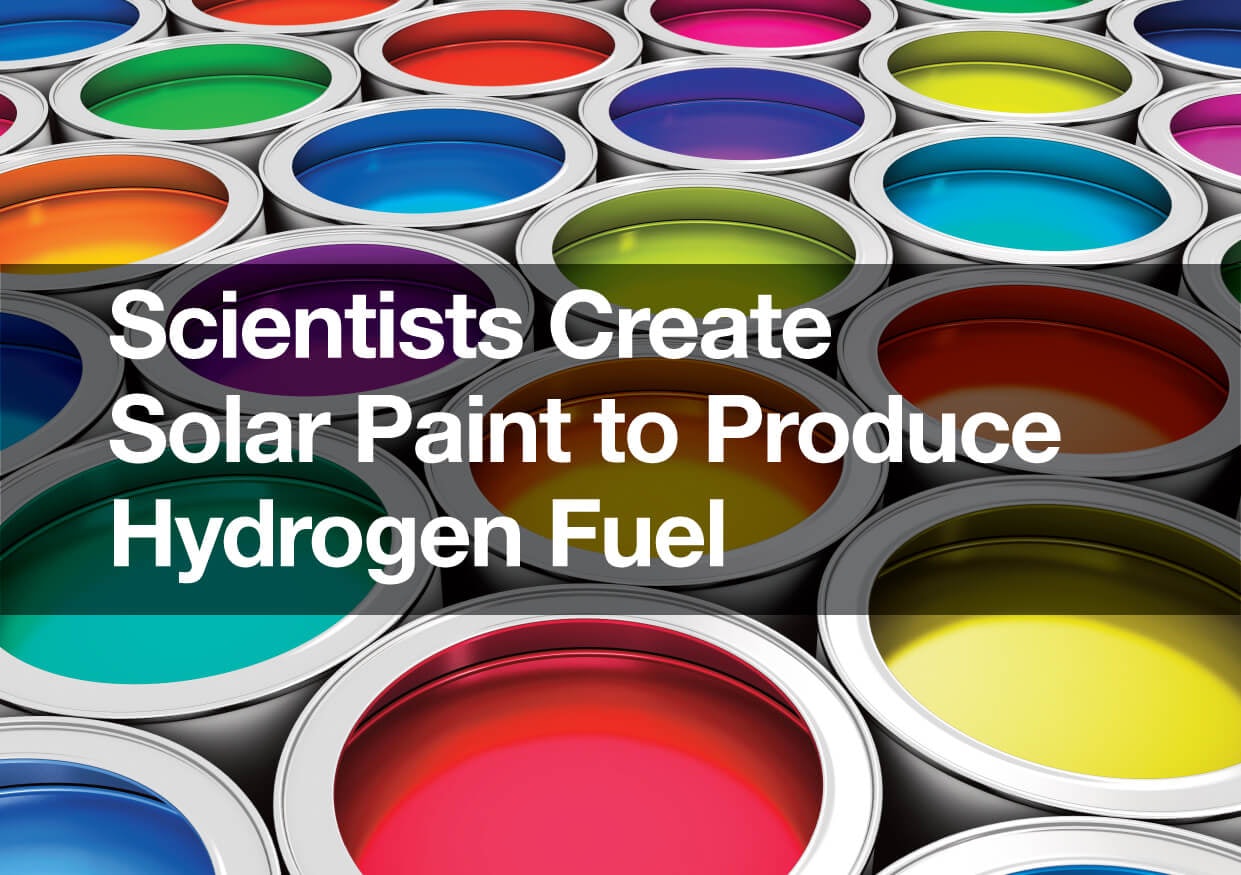Scientists Create Solar Paint to Produce Hydrogen Fuel
With a bigger industry and subsequently a bigger demand, green energy is attracting more scientists than ever; the number of innovative solutions has sky-rocketed over the last five years and this trend shows no signs of stopping.
One important aspect to these novelties is reducing the boundaries to practical application and making the process as easy as possible. Following this approach, solar paint was created to maximise how and where clean energy could be captured.
Developed in Australia by the Royal Melbourne Institute of Technology (RMIT), the solar paint can absorb water vapour. To ensure the material works as paint, it contains titanium oxide, which is commonly found as the white pigment in paints, and further combines synthetic molybdenum-sulphide. It acts similarly to silica gel – the little sachets found in newly bought bags – in that it absorbs moisture, preserving the surrounding items. On top of this, it has additional qualities of a semiconductor and a catalyser. These allow it to absorb any moisture directly from air and split it into hydrogen and oxygen molecules, where the collected hydrogen form a raw material of fuel.
According to the lead researcher of the project, Dr Torben Daeneke, this combination works efficiently. “We found that mixing the compound with titanium oxide particles leads to a sunlight-absorbing paint that produces hydrogen fuel from solar energy and moist air.” He adds that this technique can be used worldwide as there is no need for clean or filtered water, so remote and landlocked areas can benefit from it, too.
The end product of the paint can be used in internal combustion engines as well as fuel cells. It has zero emission and is thus considered to be the cleanest existing fuel. Until now, one of the biggest problems with generalising the use of hydrogen fuel has been with the production and handling of it; the paint solves one of these problems, which is why Dashboard appreciates not only the creativity, but the practicality as well.

